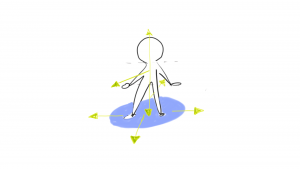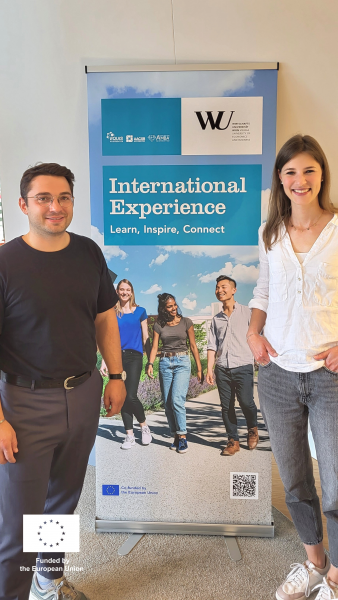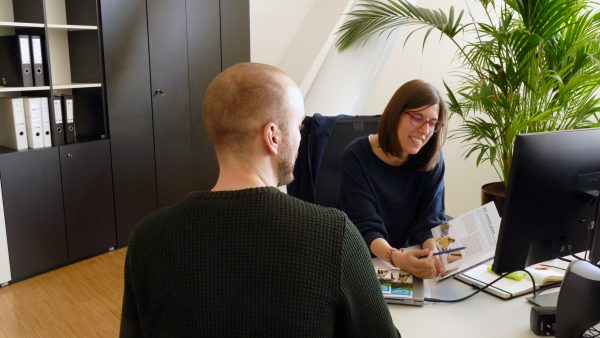Head or gut feeling? Who rules your decision-making?
Which decision-making type are you? Does your head win more often over your gut instinct, or vice versa? How about discovering a new, third way? A path to decision-making where head, emotion and body are aligned and decide together?
At the beginning of the semester, there are decisions to be made: How much progress do I want to make this semester? Am I taking too many or too few courses? Which specialization should I choose? And: What are the best criteria for these choices? And a relevant and permanent question for students: When should I start studying for an exam?
You may be familiar with the inner dialogue between head vs. gut feeling. You know exactly what you should be doing, but you can’t muster the energy to get going. Or: you’re used to planning your life around completing your degree as fast as possible, and your personal life comes up short and in the long run you may lose the joy in doing what you love.
Reality Check: How real do your options feel?
Our minds can quickly come up with potential options. In theory, we ‘know’ that we can choose. However, we tend to stick to one decision-making process most of the time. That is, students with procrastination tendencies choose procrastinating over getting off the couch and into the library. Those driven by wanting to succeed rarely opt for a restful break or fewer courses per semester. Yet, perhaps a mix of both – in appropriate measure – would be healthiest path and bring long-term satisfaction and balance.
Do you feel like you could really choose an option that’s not your default setting? If you do an emotional and physical reality check, you’ll quickly notice that in some situations, or with some people, you have a ‘default response’. The one way you decide most of the time. This continuity can provide stability, but is not always a helpful decision when we desire change or want to move forward and grow.
Thought experiment / rule of thumb: You can decide freely when you have at least three options to choose from as real decision possibilities.
Making decisions from presence

Good decisions are individual and contextual and you are the only one who can know if your choice is fitting for you. . No one can tell you what a good decision is for you. If your thoughts, your emotions and your physical sensations are in alignment with each other, and you then take into account your real-life circumstances, you have a solid foundation for healthy decision-making.
Are you wondering now how this works practically? Great! The Student Counselling Program has a Skill Session on decision-making in October, where you can learn embodiment practices to help you strengthen your decision-making skills and get more clarity in dilemma situations.
You can practice how to align your head, body and your emotions and anchor yourself in the present moment to see the big picture and make good decisions in a calm state. Join us for the ‘Skill Session: Decision-Making’ on October 19.
The Skill Sessions are one-hour trainings in which you will learn body-based exercises that can strengthen a specific human skill or competency and help you study successfully. The trainings will be held bilingually (in English and German).
Other Skill Session topics:
- To staying calm in stressful moments: Skill Session: Breathing to Self-Regulate October 12, 2022, 11 am.
- For effective study time: ‘Skill Session: Concentration & Focus’ on November 2, 2022, 11 am.
- To prepare for oral exams and presentations: “Skill Session: Show yourself!” on November 30, 2022, 11 am.
For all other dates, check out the Calendar of Activities of the Student Counselling Program.




















